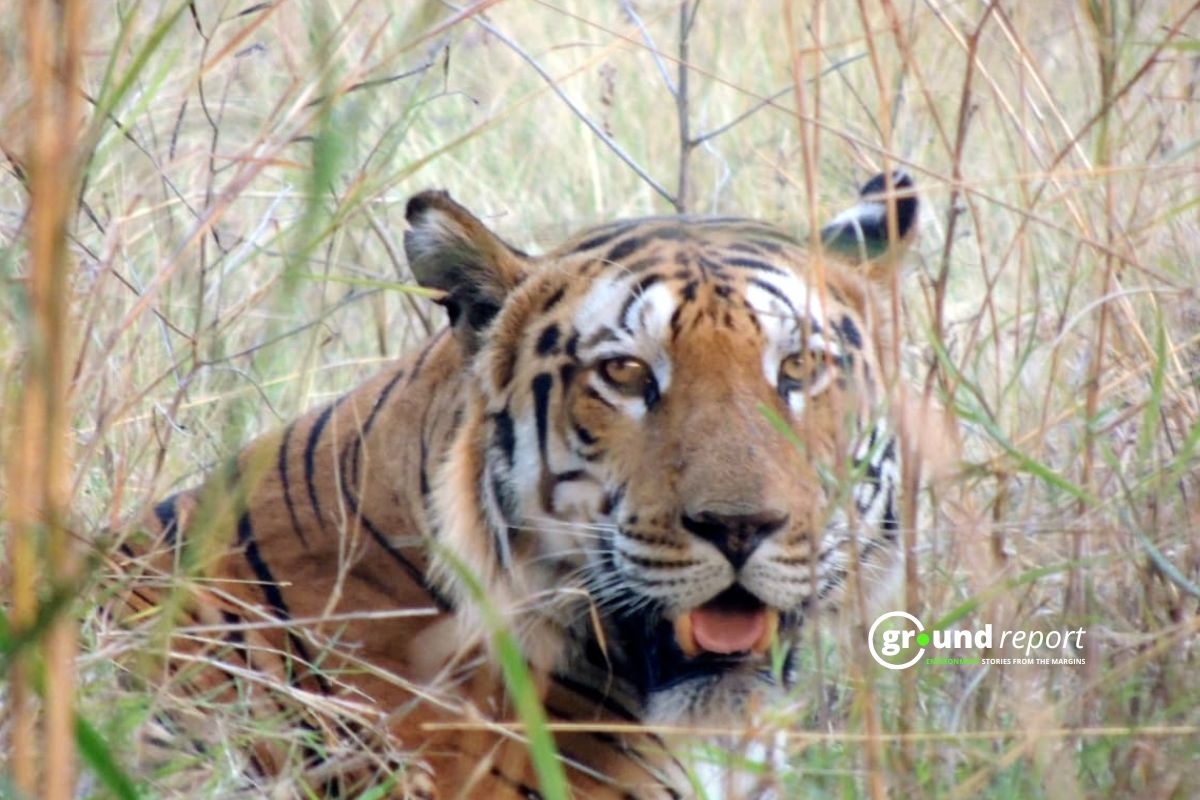A recent study has delved into the issue of hemorrhagic disease (HD) in Asian elephants, focusing on the rise of the condition and the prevalence of a specific strain of elephant endotheliotropic herpesvirus (EEHV) responsible for the disease.
The research, which explores the patho-epidemiology—the study of the origin and spread of diseases—aims to aid in the development of sero-diagnostics, vaccines, and treatments for this illness.
Increased mortality due to haemorrhagic disease
The research titled “Pathological and molecular studies on elephant endotheliotropic herpesvirus haemorrhagic disease among captive and free-range Asian elephants in India” published in the Journal of Comparative Pathology, discusses the pathological and molecular studies conducted on elephant endotheliotropic herpesvirus haemorrhagic disease (EEHV) among captive and free-range Asian elephants in India.
The risk of EEHV is present in both captive and free-range elephants, but the dynamics of the disease can vary. In captive settings, such as zoos and elephant camps, the close proximity of elephants can facilitate the spread of the virus. On the other hand, free-range elephants in the wild have more space to roam, which may reduce the chance of transmission but also makes monitoring and treatment more challenging.
The relationship between humans and elephants in India is complex and intertwined. Elephants are revered in Indian culture, yet they also face threats from habitat loss and human-elephant conflict. The spread of EEHV adds another layer of urgency to the conservation efforts for these majestic creatures.
Elephants calves’ increased mortality due to haemorrhagic disease in captivity as well as in free range in India is of concern. Our country considers Asian elephants as National heritage animals, accounting for 55% of the total elephant population globally.
Outbreak of EEHV-HD
However, the population is dwindling due to the escalating outbreak of EEHV-HD. Therefore, protecting them from this lethal disease is of utmost importance. Like other herpesviruses, EEHVs seem to have co-evolved successfully with their hosts and achieved a balanced adaptation. Recent years have seen significant advances in our knowledge regarding the molecular identification and characterisation of various EEHV strains, except in India, where there have only been a few case reports.
Therefore, more intensive screening must be conducted to determine the disease’s status in both wild and captive populations. A comprehensive approach is necessary to establish a point of care diagnostics system that can confirm the lethal virus at the pre-clinical stage.
The Indian Council of Agricultural Research-Indian Veterinary Research Institute (ICAR-IVRI), supported by the Science and Engineering Research Board (SERB) and associated with the Department of Science and Technology (DST), has conducted a study to determine the precise status of EEHV and its subtypes among the Asian elephant population.
Published in the journal Microbial Pathogenesis, the research has characterized the genome of the virus affecting Indian elephants and investigated the molecular mechanisms behind endothelial cell dysfunction caused by the disease. This foundational work has initiated the development of diagnostic kits and vaccines.
The insights gained from this project have led to the creation of a standard operating procedure (SOP) to manage disease information among elephant handlers (mahouts) and conservationists, enhancing communication and response to the disease.
Keep Reading
Part 1: Cloudburst in Ganderbal’s Padabal village & unfulfilled promises
India braces for intense 2024 monsoon amid recent deadly weather trends
Support us to keep independent environmental journalism alive in India.
Follow Ground Report on X, Instagram and Facebook for environmental and underreported stories from the margins. Give us feedback on our email id greport2018@gmail.com.
Don’t forget to Subscribe to our weekly newsletter, Join our community on WhatsApp, and Follow our YouTube Channel for video stories.









